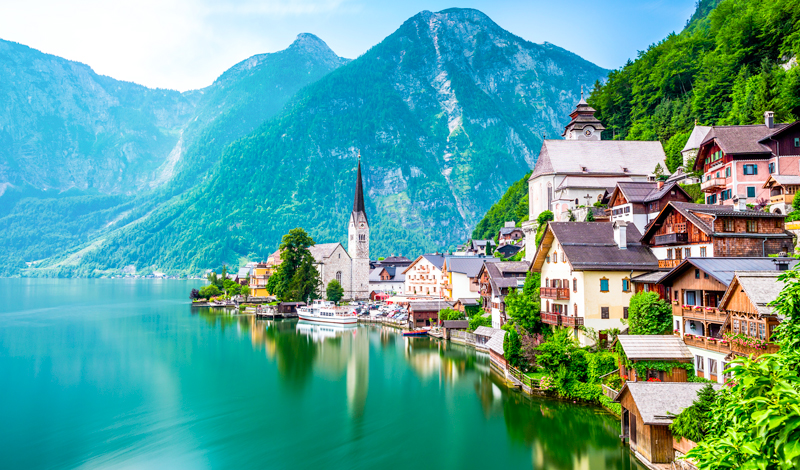For more than three millennia, people have inhabited the magnificent natural landscape of Salzkammergut, taking advantage of its salt deposits. Iron Age trade routes across Europe testify to the flourishing society that became known as Hallstatt Culture. After a fire destroyed the town in 1750, it was rebuilt in Baroque style. The landscape has escaped any adverse effects of modern development. It is primarily known for salt and timber production, livestock herding and dairy farming. The picturesque village nestled between soaring peaks has inspired artists and authors through the centuries as an image of harmonious coexistence between humanity and nature.
—Prepared by the World Tribune staff
You are reading {{ meterCount }} of {{ meterMax }} free premium articles

